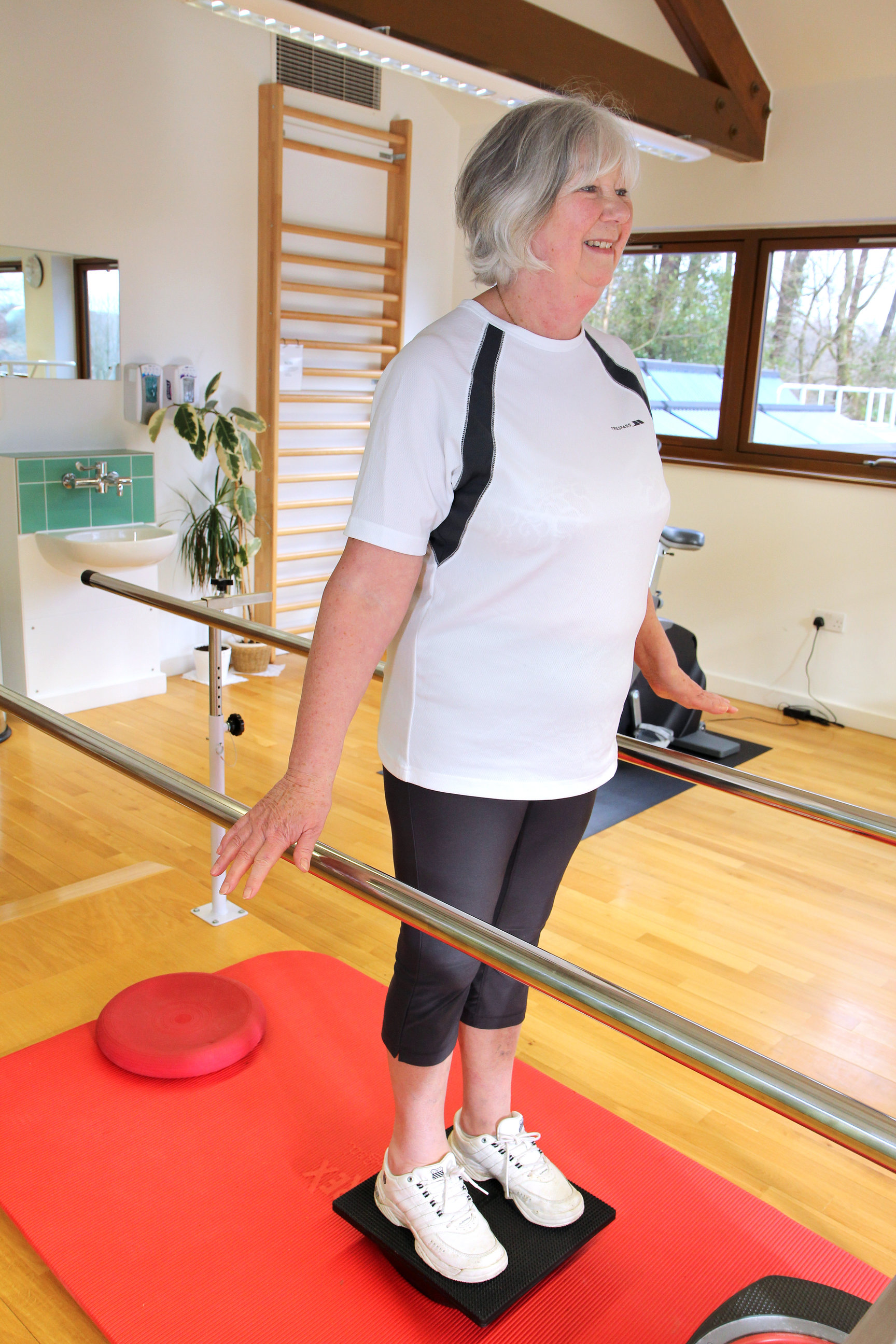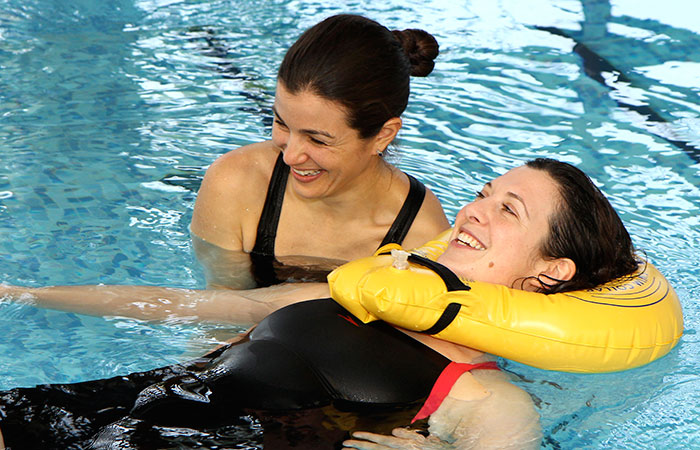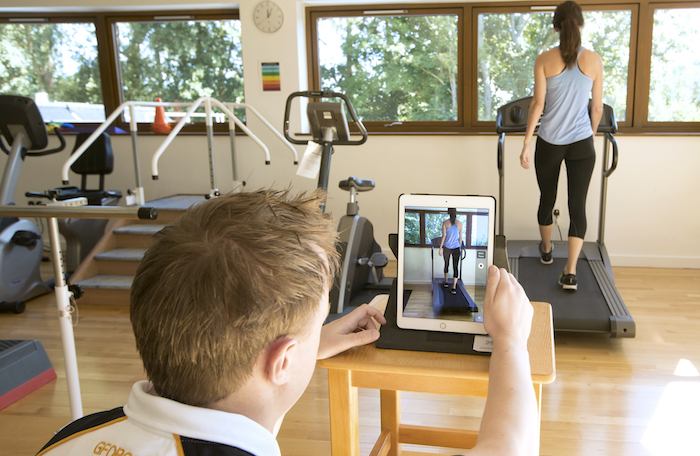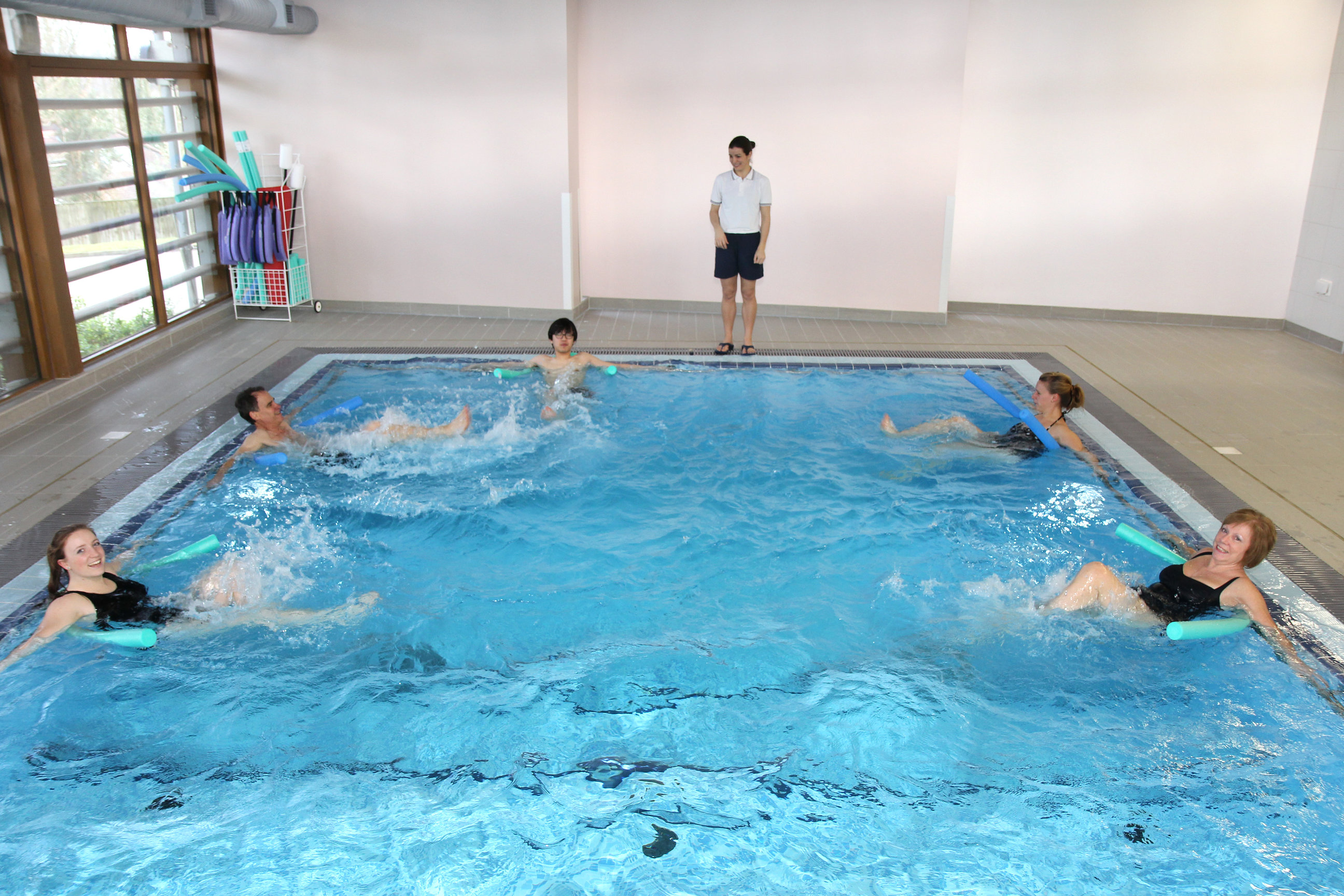Information about osteoarthritis and how to manage it.
What causes osteoarthritis
Osteoarthritis is also sometimes called degenerative joint disease.
The surfaces on the joints can become damaged so the joint doesn’t work as smoothly. For example, cartilage, which acts like padding on joints, can be lost over time.
Osteoarthritis is more common as people get older and is often thought of as the result of wear and tear on the body. People are more likely to develop it from their late 40s. It is more common among women than men.
Risk factors also include being overweight, previous disease or injury to a joint and an individual’s genes.
Symptoms and signs
Pain and stiffness around joints can be symptoms of osteoarthritis. These tend to be worse at the end of the day or after resting and might ease off as you move around.
Swelling - either hard or soft - is another sign that can suggest osteoarthritis.
People with osteoarthritis might feel their joints grating or grinding and find that they cannot use them properly because the joint doesn’t move as freely or as far as before.
Joints such as knees, wrists and shoulders are commonly affected. So too are the neck, base of the thumb, base of the big toe, hips and the lower back.
Diagnosis
Your GP or a specialist doctor may diagnose osteoarthritis based on your symptoms and the signs they can see, such as swelling and stiffness. An x-ray is often used to confirm a diagnosis as this may show reduced space between joints. Though sometimes x-ray findings are not reflective of the symptoms a person may experience.
Blood tests cannot show whether a person has osteoarthritis but might be used to rule out other conditions. MRI scans aren’t generally used to diagnose osteoarthritis as they focus more on soft tissue such as muscles and tendons but they might be used to look for another joint or bone problem.
Treatment
Treatment for osteoarthritis could include medication for pain relief (sometimes called analgesics), pain management, exercise and lifestyle change, physiotherapy, and when necessary surgery and joint replacement.
Medication
Currently, doctors recommend taking regular paracetamol and / or medication called topical non-steroidal anti-inflammatory drugs (also called NSAIDs pronounced ‘en-saids’). This could be ibuprofen gel, arthritis cream or patches, for example.
If these don’t work, doctors may prescribe opioids such as codeine or topical capsicum.
Although glucosamine is thought to help build cartilage, there is currently no evidence that over-the-counter glucosamine is effective in treating osteoarthritis.
Medicine and non-pharmacological treatments can work well together sometimes. Non-pharmacological here means pain relief that isn’t medicine, such as exercise or massage.
Managing pain
Understanding pain can help patients manage it better. Pain is our brain’s response to something it believes to be a threat. The feeling of pain prompts us to try to protect ourselves. Our feeling of pain is influenced by anxiety, stress, fear and mood.
Our previous experience of pain or injury, belief about the cause of symptoms and social support can all affect how we feel pain. Quality and quantity of sleep and weight can also affect pain.
Exercise
People with arthritis worry about exercising because they think their pain and / or their arthritis might get worse. But exercising is actually really important in managing osteoarthritis. Research shows people with arthritis can and should exercise.
Exercise is considered to be the most effective non-drug treatment for reducing pain and increasing mobility in osteoarthritis.
Remember, getting moving often helps relieve the stiffness and pain caused by osteoarthritis so appropriate exercise is really important.
Benefits of exercise
Eases stiffness, improves movement in joints and strengthens muscles.
Improves general fitness, can be enjoyable and sociable and help your mental wellbeing.
All these can help you feel more well.
Effects of not exercising
Avoiding exercising can affect our overall fitness and make general aches and pains more likely.
Losing fitness can result in losing strength in our muscles.
Moving around less can result in more stiffness and discomfort, lead to poor posture and then result in more aches and pain.
Understanding that a certain level of discomfort from exercise can be normal and that moving around often alleviates it can be helpful. Discomfort from osteoarthritis is also normal and does not mean that exercise should be avoided. Also, pain does not necessarily mean that more damage is being caused.
What type of exercise is best for osteoarthritis?
There is no one type of exercise ideal for osteoarthritis. More important is for patients to find something that suits them and that they enjoy. However, it is a good idea to aim for a mixture of:
- stretching (range of movement, flexibility)
- strengthening (resistance)
- aerobic (cardiovascular or fitness exercise).
Tips for exercising:
- Look for exercises or activities that you enjoy.
- Start gently and build up gradually.
- Try to do a mix of stretching, strengthening and aerobic activities.
- Be patient: it can take time to find something that suits you and listen to your body when deciding how hard to work and when to rest.
How much exercise is right?
If you have painful joints, little and often is a good way to start: aim for 5 to 10 minutes each day, remembering to start gently and gradually increase the time. Aim to reach:
- 30 minutes of exercise 3 times a week, plus
- 30 minutes on your feet per day walking or climbing stairs. This could be broken down into smaller chunks.
Thinking about how you personally gauge pain, aim for no more than 3 or 4 out of 10 on your pain scale to avoid pain flaring up in the 24 hours after you have exercised.
Avoid exhausting yourself or ending up in extreme discomfort. Any discomfort should wear off within an hour or so. If you are in pain the next day, rest and take a break from exercising for a day. Try again the day after but take it more gently.
Diet and weight loss
A healthy body weight can contribute to reducing the risk of osteoarthritis developing and help to reduce pain. Being overweight can also increase your chances of needing a joint replacement while a decrease in body weight reduces the load on knees.
The combination of being obese (that is, having a body mass index, or BMI, of over 30) and having osteoarthritis can result in a person being less mobile. Keeping mobile is really important to keeping healthy and able to exercise. Exercise in turn can be an important part of a patient’s pain management.
Research has shown that losing weight resulted in reduced pain among people with osteoarthritis. The studies, carried in out in 2005 and 2013, showed that a 10 per cent reduction in body weight reduced pain by 50 per cent. That makes weight loss more effective than ibuprofen, naproxen and other drugs.
Sustainable weight loss
Fashionable diets are often ineffective in the long term:
- Only 5 per cent of people who set out to lose weight had managed to keep it off 10 years later
- 90 per cent of people who lost weight put it back on within 3 to 5 years.
But, it is possible to lose weight and keep at a healthy weight long term.
Commitment to a healthier lifestyle is more important than a ‘quick fix’ diet. Changing lifestyles rather than diets can be the key to sustainable improvements, resulting in people forming better behaviours that become healthier habits.
Tips for healthier habits
- Drink water instead of soft drinks
- Plan your meals for the week so that you have all you need for healthy food.
- Make exercise - even it if is a short or brisk walk - part of your daily routine.
- Building muscle boosts your metabolism so include this type of exercise into your activity.
- Be mindful of what you eat: do you treat yourself to unhealthy food as a reward or to improve your mood? Does your lifestyle make it hard to prepare healthy food?
- Make changes to your lifestyle gradual, consistent and sustainable.
- Congratulate yourself on small victories as you improve your habits.
- Social support can help so make the most of encouragement from family and friends or find a friend to improve your habits with.
How The Physiotherapy Centre can help
The Physiotherapy Centre offers a range of treatments and support that can help people with osteoarthritis manage their pain, increase their mobility and make exercise a part of their lives:
- Individual physiotherapy assessment and bespoke treatment plans
- Group exercise classes in Pilates, lower limb rehab, exercise rehab and the Free from Falls sessions
- Hydrotherapy: 1 to 1 sessions, group classes and self-directed sessions
- Acupuncture
- 1 to 1 Pilates.
Alternative options for managing osteoarthritis
Mindfulness
Mindfulness involves focusing our awareness on the present moment, noticing our thoughts and feelings without judging them or deciding whether they are right or wrong, good or bad. Practising mindfulness has been shown to reduce stress, anxiety and depression and can be helpful in managing pain from arthritis.
Surgery and joint replacement
Knee arthroscopy
Also known as keyhole surgery, arthroscopy involves making a very small incision and using a tiny camera to look inside a joint. Treatment can then be made through the incision at the same time if appropriate. It is far less invasive that open surgery.
It is not usually recommended for patients with degenerative knee disease. This applies regardless of whether a patient has imaging evidence of osteoarthritis, mechanical symptoms or after a sudden onset of symptoms.
Research by the British Medical Journal has found that arthroscopy is no more effective than exercise for patients with degenerative medial meniscus.
Joint replacement
This involves replacing joints such as the hip, knee, shoulder or ankle with a prosthetic implant. Hip and knee replacements have been carried out for many decades. The implant lasts for 15-20 years depending on the activity levels of the person it is used on.
Joint replacement can result in improved levels of pain and significant improvements to an individual’s quality of life. However, this is major surgery. Patients might want to first consider how much their current levels of pain are affecting their lives, ability to sleep etc and what other options they have tried or are still open to them.
Patients will experience post-operative pain and may need medication to manage that. They will likely have bruising and will also have a scar. Exercise is absolutely essential after a joint replacement to ensure its success. This is where physiotherapy treatment is important, as your physiotherapist will guide you through the rehabilitation process.
You can also expect to get moving very quickly after joint replacement surgery - patients are generally expected to walk the day after joint replacement surgery.
Not exercising enough, particularly after a knee replacement can lead to complications, and may result in further surgery to manipulate the joint. This can be painful and may also affect the overall success of the joint replacement.
Other surgery options
Other options include: partial knee replacement, knee cap replacement, joint resurfacing
For damaged cartilage, options include: marrow stimulation, mosaicplasty and autologous chondrocyte implantation (ACI).
Acupuncture
Acupuncture is a traditional Chinese medicine that aims to restore the body’s energy flow, known as qi (pronounced chee). It involves inserting very fine needles into specific points in the body and usually involves a course of 6 sessions. It is thought that acupuncture works by prompting the body to react by releasing:
- natural pain relieving chemicals called endorphins
- a chemical called melatonin which helps with sleep.
- Evidence about its effectiveness is mixed. Some patients report successes while others find it doesn’t suit them.
Does acupuncture work for osteoarthritis?
Acupuncture is not usually specifically recommended for osteoarthritis, but many people find it effective as a method for providing temporary pain relief.
Turmeric
Turmeric is the yellow mild spice often used in curry. Part of the ginger family, there is some research to show that it has anti-inflammatory properties.
Research has so far been done on animals and it is in its early stages.





